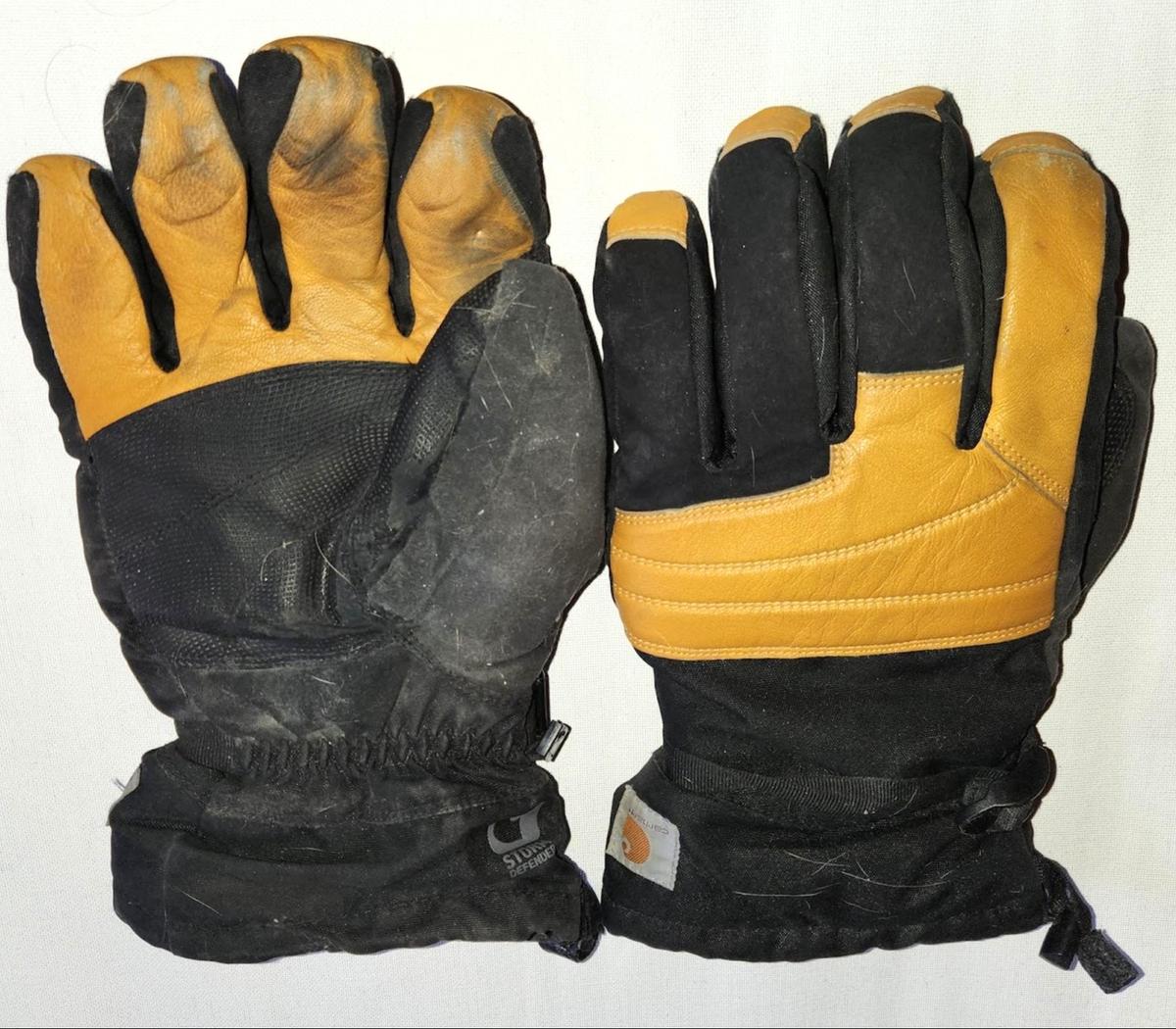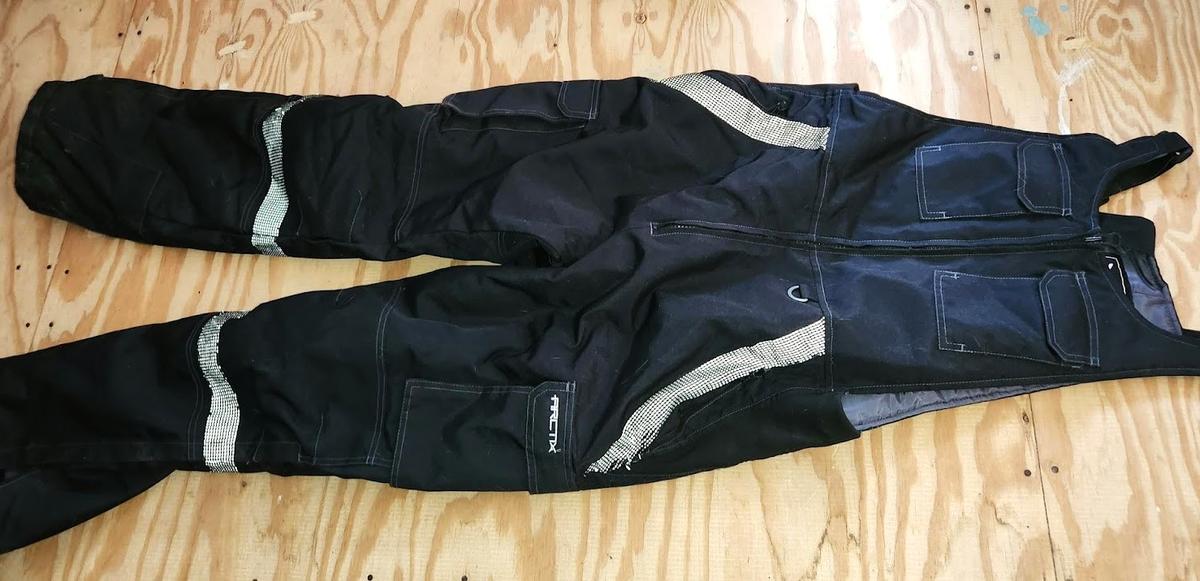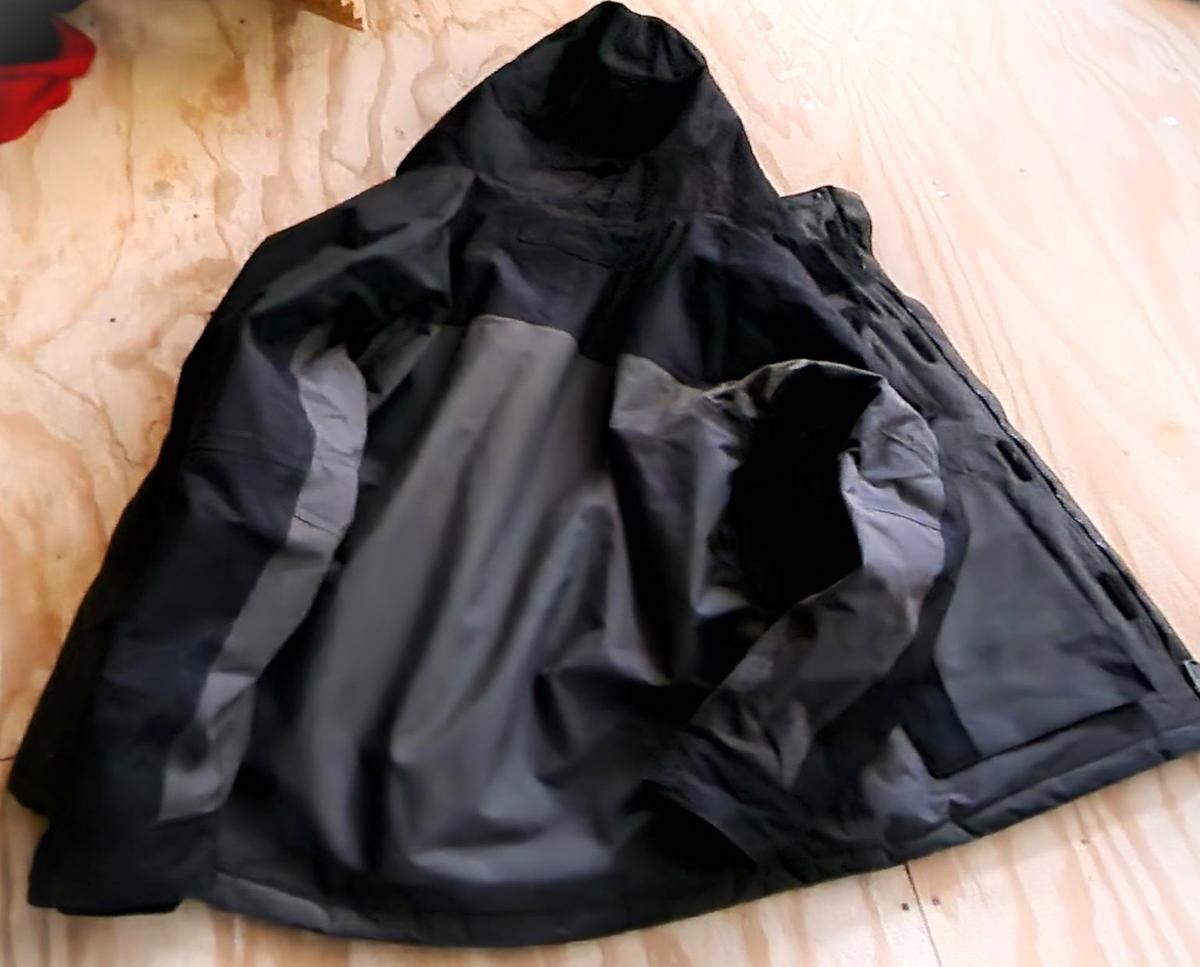
Enock Glidden, MTF Accessibility Ambassador, knows how to enjoy winter and he has some tips for you.
Hey fellow hikers! Now that winter is finally upon us it's time to get out there and cross country ski or hike if you are able. I thought it might be useful for some people to know what I do to keep warm and safe while I am out on the winter trails.


The one thing I have struggled with over the years is my feet. I can’t feel them so how do I know when they are cold? The truth is I really don't know. I have used different boots over the years from pac boots to hiking boots. Right now I have pac boots and, other than being really difficult to put on, they seem to work. If you Google "adaptive footwear" there are some pretty good options available now.
I don't just leave it up to the boots though. I use feet warmers in my boots when I go out just to make sure, the kind with the chemicals that mix and produce heat, and I have a story related to this...
I traveled to my brother's house one winter, about 6 hours round trip from my house. While I was there, the heat in my van decided to stop working. I had worn my boots, winter jacket, gloves, and a hat; I did not have my feet warmers with me. I didn't think I would need anything like that since my van had heat. My upper body was warm the entire trip home. For some reason it never occurred to me to think about my feet being cold. Well, I ended up with mild frostbite on a couple of my toes! Luckily I only lost some skin and not any of my toes themselves. From then on I have made sure to be ready for the cold!
The other tough area to keep warm is my hands. I have to use my hands for basically everything. That means I either have to use gloved hands when I am outside, or take them off and expose my hands to the cold. I had always been under the impression that the thicker, bulkier the glove the warmer my hands would be. That is true if you are just hanging around doing nothing, but if you are gripping something like say a wheelchair push-rim or ski poles, a thinner glove is actually warmer.

The bulkier glove cuts off circulation when you are gripping an object and this makes your hands colder. I didn't actually come up with this amazing knowledge on my own, I learned it from a Facebook post by Will Gadd. He happens to be a famous Red Bull athlete and has ice-climbed Niagara Falls. That led me to believe he probably knew what he was talking about! I tried his advice and he was totally right.

I almost never wear thick gloves anymore unless I'm on a ski lift or just sitting somewhere outside. That brings up another of his suggestions. He also said to bring both pairs of gloves while skiing or doing other activities for which you might want both. Keep the bulkier gloves warm inside your coat, and when you stop skiing or get on the lift, you can throw them on over your thin gloves to keep warm while you aren't being physically active. This really is a game changer.
My legs are another issue altogether. I can’t feel them either. I wear bib ski pants over lined pants and long johns. For the most part this works, they aren’t super warm but they don't get too cold. I tried pants-style ski pants but they tend to fall down as I am moving around getting in and out of my mono-ski. I would find at the end of the day I had unknowingly exposed skin and it was very cold. The bib pants, however, stay up and also add an extra layer of warmth for my upper body.

I keep perfectly segueing into the next topic - this brings up layers! Until I got into serious outdoor adventures I never thought about layers. This was also a game changer.
Let's build the layers:
1) The base layer is for moisture management. It should have some type of wicking material to keep sweat away from your skin.
2) The mid-layer is the insulating layer that helps you retain the heat that’s radiated by your body. The more efficiently this layer traps heat, the warmer you will be.
3) The outer (or shell) layer protects from wind, rain, and snow. Shells can be mountaineering jackets to simple wind-resistant jackets. Most allow at least some perspiration to escape; virtually all are treated with a durable water repellent finish to make water bead up and roll off the fabric.

The final area to protect is the head. I wear a helmet with a liner when I downhill ski, but during cross country skiing I simply wear your standard warm beanie. The one major tip here I would have is to make sure it covers your ears. That can sometimes be overlooked, and as the ears are very thin and not close to the body, they tend to get cold and frostbitten faster.
I think that covers it. If I have missed anything or you have different methods, leave them in the comments. The more we know the safer we will be! Be safe, be warm, but most of all be out there enjoying Maine.
This year I am hoping to get some group or one on one hikes together. I would love to interview other people with disabilities about their experiences in the outdoors. The more perspectives we can get the better the information will be and the more progress we can make.
If you have a different type of mobility issue or a different disability and you visit this trail or others, please comment on this post and give us your feedback. The more knowledge we gather and share, the more people we can get outside using the trails of Maine!
Success! A new password has been emailed to you.